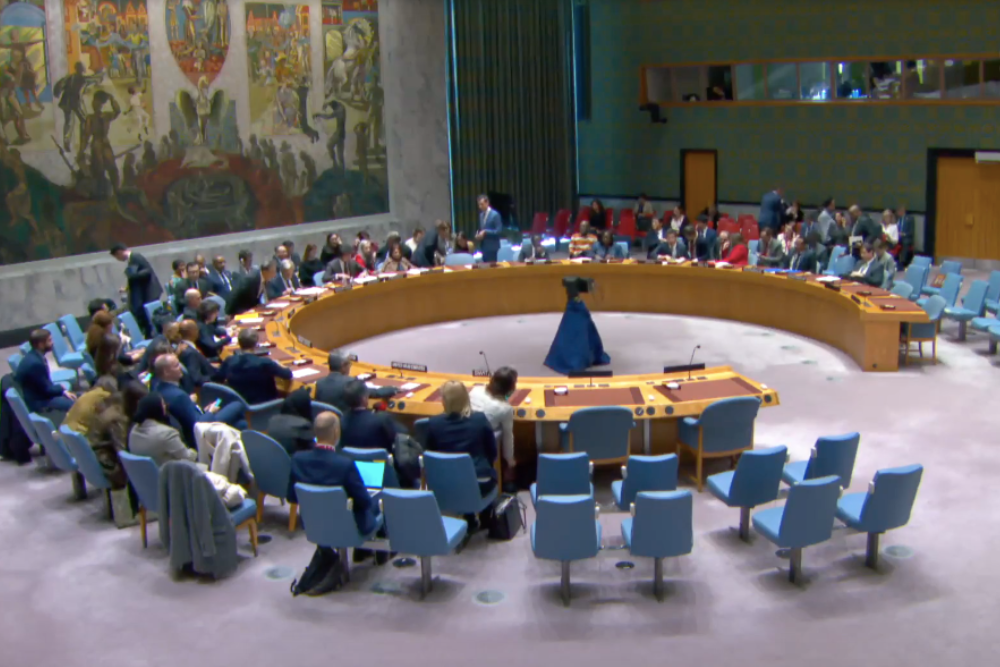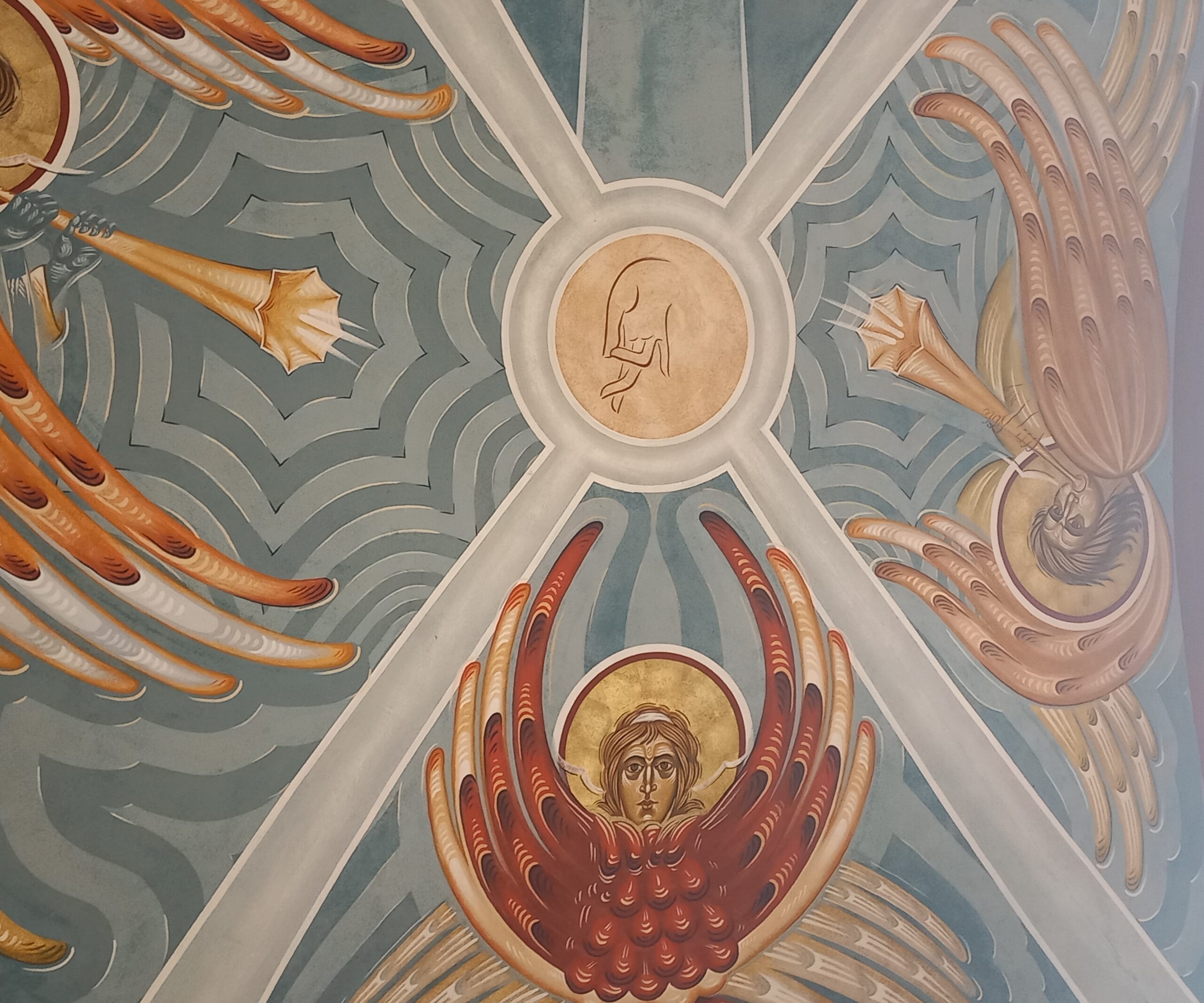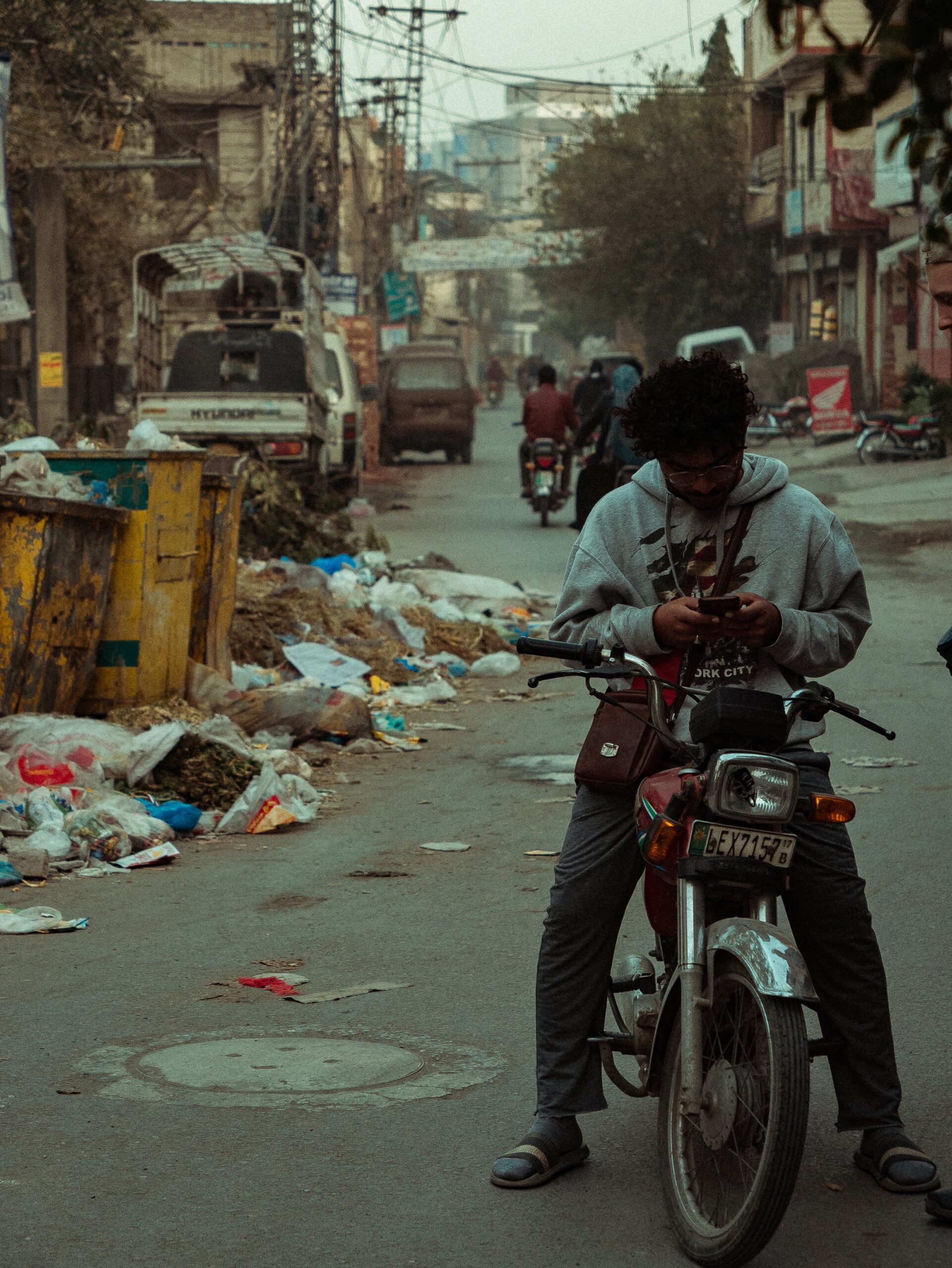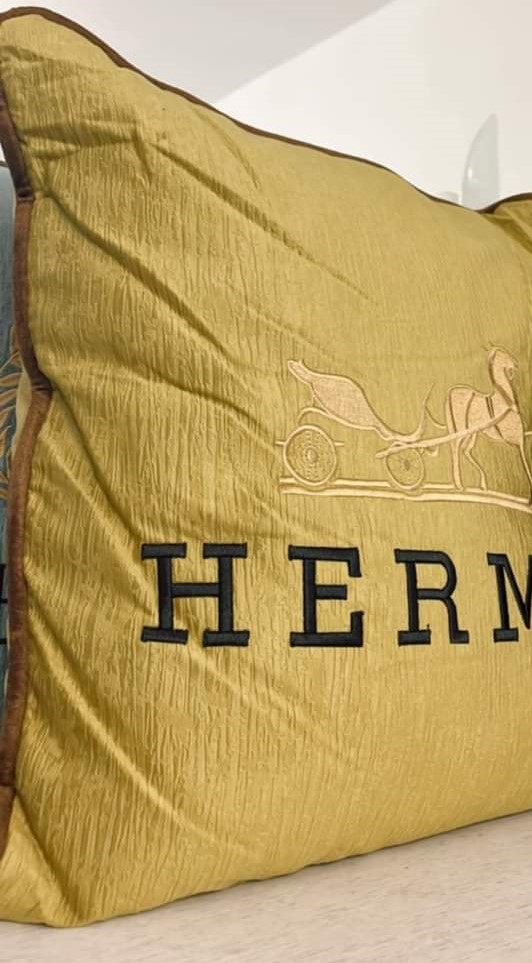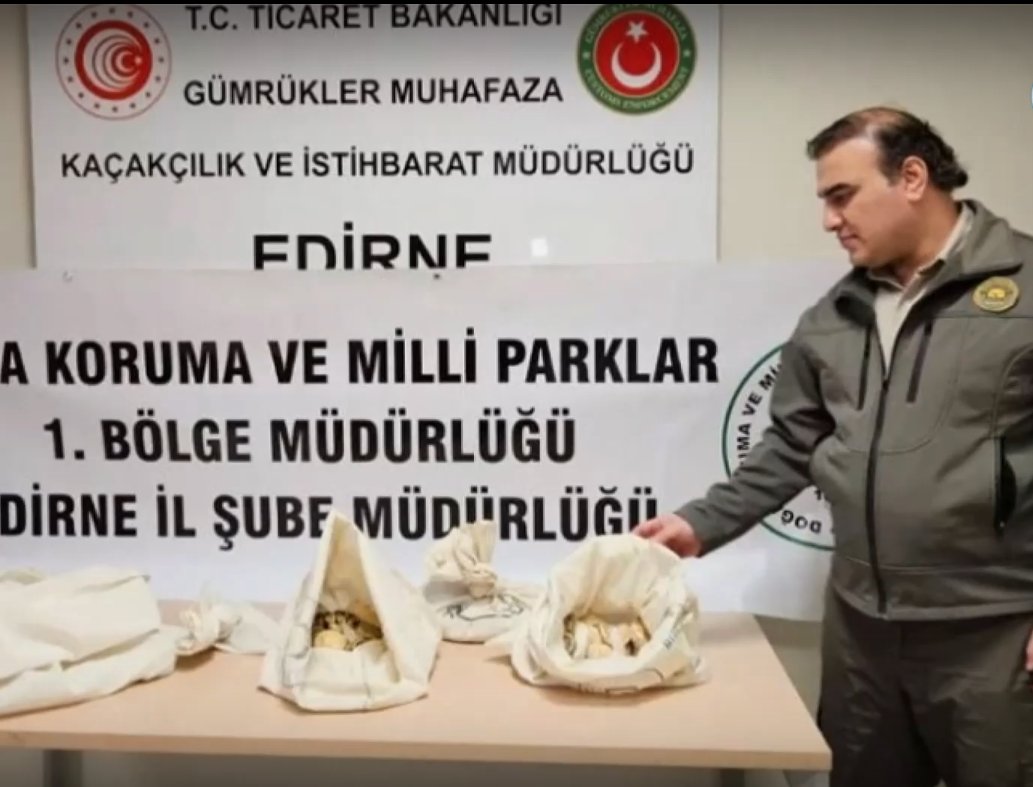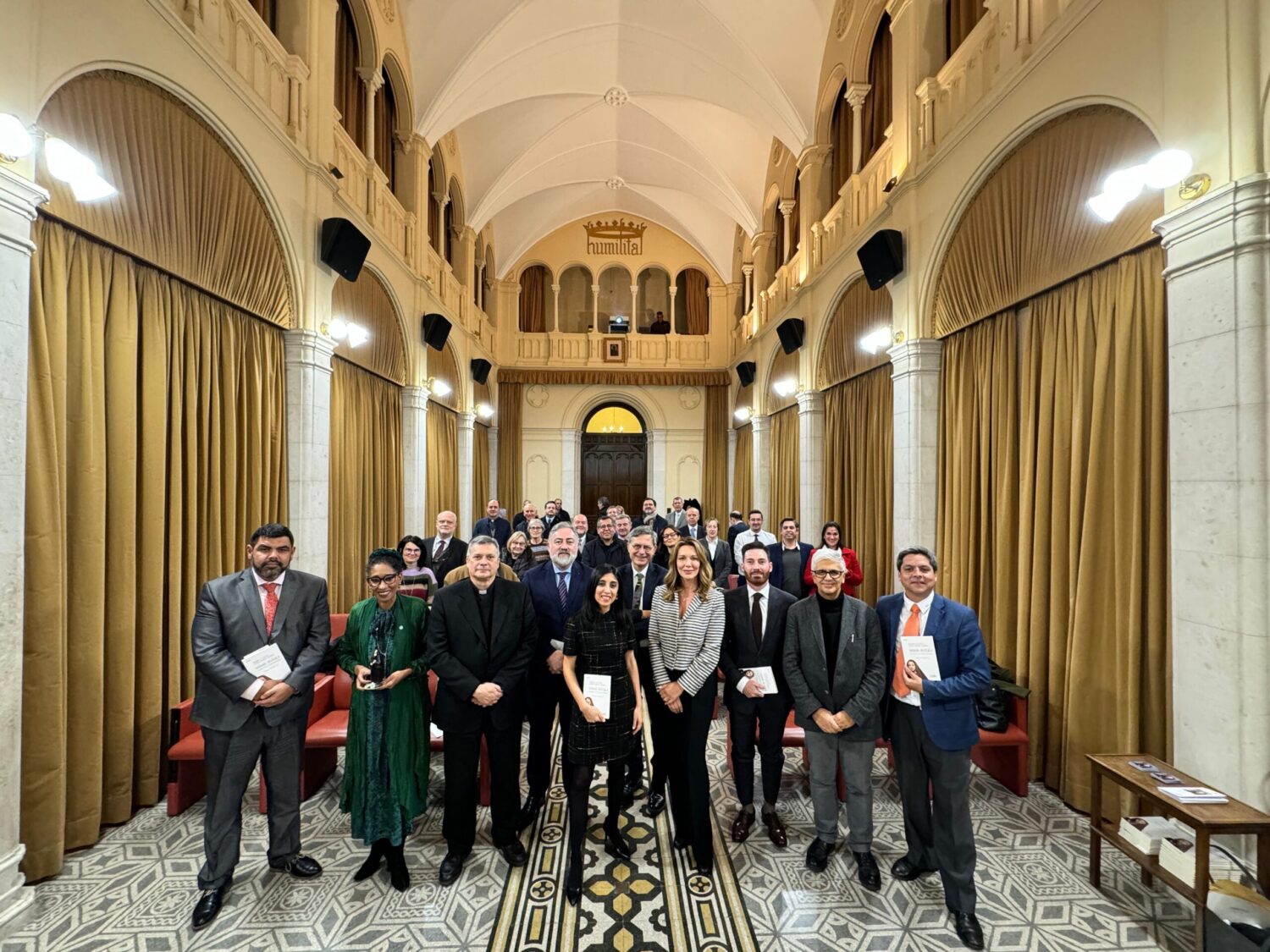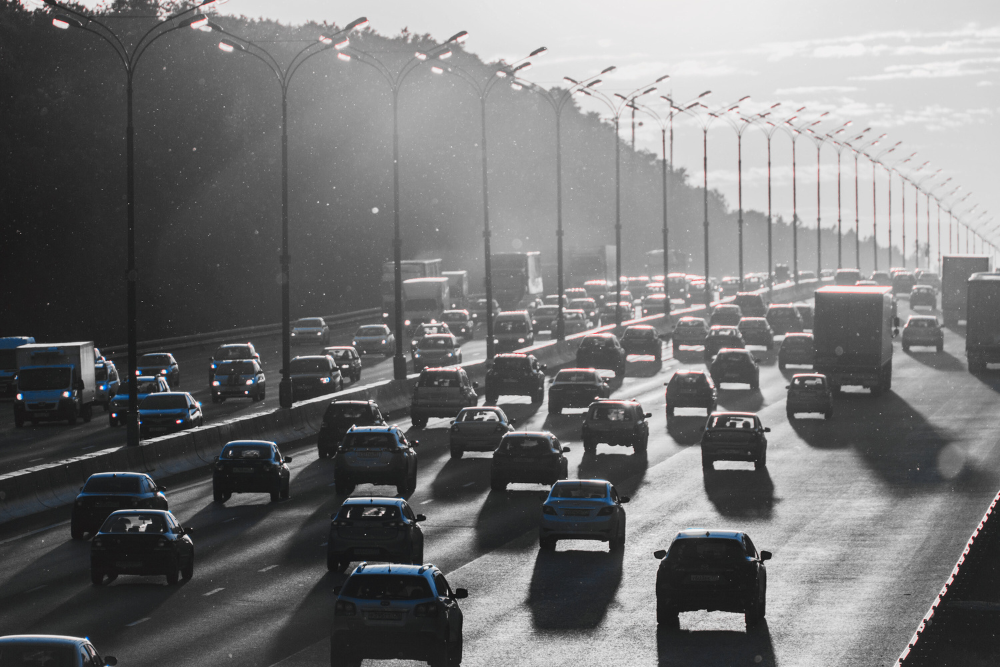The Security Council has adopted a resolution on Gaza crisis, with 13 votes in favour, and the US and Russia abstaining. The resolution, among other points, demands immediate, safe and unhindered delivery of humanitarian assistance at scale directly to the Palestinian civilian population throughout the Gaza Strip.
In the resolution, the Security Council reaffirmed the obligations of the parties to the conflict under international humanitarian law, especially regarding the protection of civilians and civilian objects, safety of humanitarian personnel, and the provision of humanitarian assistance.
The Council demanded that the parties “allow, facilitate and enable” the immediate, safe and unhindered delivery of humanitarian assistance at scale directly to the Palestinian civilian population throughout the Gaza Strip.
It also requested the UN Secretary-General to appoint a Senior Humanitarian and Reconstruction Coordinator with responsibility for “facilitating, coordinating, monitoring, and verifying” in Gaza, as appropriate, the humanitarian nature of all relief consignments to the enclave provided through States that are not party to the conflict.
It also called for the “expeditious” establishment of a UN mechanism to accelerate aid consignments to Gaza through States that are not party to the conflict, to expedite, streamline and accelerate assistance while continuing to help ensure that aid reaches its civilian destination.
The resolution on Gaza
READ THE FULL TEXT OF THE RESOLUTION
The Council has been negotiating throughout the week to find language which will avoid a further US veto, having first introduced a draft which called for a “cessation of hostilities”, which now calls for a “suspension” of fighting, to vastly increase access for lifesaving aid.
The US argued on Tuesday and in previous deadlocked sessions that any resolution must condemn the Hamas extremist group’s terror attacks of 7 October which sparked this deadly and unprecedented surge in the Palestine-Israel conflict, and which led to around 1,200 deaths in southern Israel and the capture of more than 200 hostages by extremists, dozens of whom remain captive in Gaza.
Some countries critical of Israel’s offensive have argued in response that any resolution condemning Hamas, must also condemn the Israeli occupation and the thousands of civilian deaths resulting from Israel’s military action since 7 October.
According to media reports, a further sticking point for diplomats negotiating the draft resolution has been the setting up of a UN monitoring mechanism which would be responsible for assessing the effectiveness of aid delivery at scale, independent of either Israeli or Hamas authorities in Gaza.



